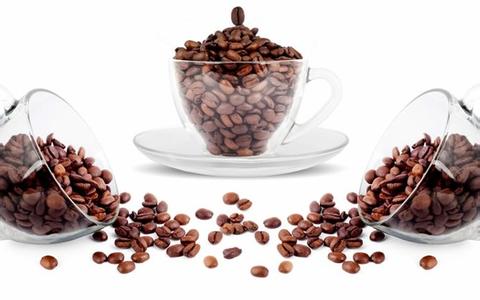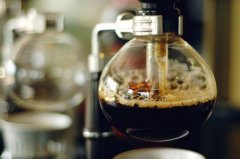Coffee basic knowledge Women should not drink more Coffee

Through research and analysis, the researchers found that Finland and the United States are the countries that consume the most coffee beans in coffee shops, and the two countries also have the largest number of people suffering from diabetes. Among them, Finns have the largest coffee consumption in the world, and the country has the largest number of people with diabetes in the world. Other Nordic countries also consume a lot of coffee and have a large number of people suffering from diabetes. On the contrary, the Japanese have the lowest coffee consumption in the world and the least people with diabetes. The researchers believe that the caffeine contained in coffee drinks can be precipitated into fetal tissue through the pancreas, especially in the fetal liver and brain, so that postnatal babies may develop diabetes.
Women who drink one cup of coffee a day are more likely to suffer from infertility than those who do not drink coffee. Experts have investigated 104 women who have the habit of drinking coffee, of which about 50 are not easy to get pregnant. Some fertility experts believe that this is a small-scale study that cannot finally confirm the special effect of coffee on fertility. However, the researchers stressed that if there is no medical explanation for the cause of infertility, it should be considered that infertility is related to caffeine. For elderly women who drank more than 2 cups of coffee a day without milk for a long time, regardless of age and obesity, the bone mineral density of their hips and vertebrae decreased, and the degree of decrease was related to the duration of the habit and the amount of drinking. Because caffeine can be combined with free calcium in the human body and excreted through urine. The decrease of free calcium will inevitably lead to the decomposition of bound calcium, which leads to osteoporosis.
Coffee is the largest consumption beverage in the world. In recent years, the number of people who drink coffee in China is increasing day by day. Many women entrepreneurs, businessmen, public relations people and trendy women are also keen on coffee shops because of their work and social needs. However, relevant people in the medical profession believe that women should not drink too much coffee.
Important Notice :
前街咖啡 FrontStreet Coffee has moved to new addredd:
FrontStreet Coffee Address: 315,Donghua East Road,GuangZhou
Tel:020 38364473
- Prev

Drinking coffee is one of the secrets of longevity.
The doctor who led the study at the University of Athens said it was ideal to eat 2550 milliliters of black coffee a day. Caffeine and antioxidants in coffee can significantly improve arterial function, but drinking more is not beneficial. In addition, there is another little-known benefit of drinking coffee, which is socializing. Drinking coffee while chatting with friends in a coffee shop is of great benefit to mental health. Trust a lot of people.
- Next

Coffee is a symbol of taste, fashion and comfortable life.
After a stressful day at work, many people want to relax. Nowadays, people pursue not only material enjoyment, but more importantly, spiritual enjoyment. Three or two friends go to a coffee shop to drink mellow coffee and talk about what happened today. This comfortable mood makes you completely forget about today's busy work and immerse yourself in this comfortable realm. Coffee not only tastes good,
Related
- Beginners will see the "Coffee pull flower" guide!
- What is the difference between ice blog purified milk and ordinary milk coffee?
- Why is the Philippines the largest producer of crops in Liberia?
- For coffee extraction, should the fine powder be retained?
- How does extracted espresso fill pressed powder? How much strength does it take to press the powder?
- How to make jasmine cold extract coffee? Is the jasmine + latte good?
- Will this little toy really make the coffee taste better? How does Lily Drip affect coffee extraction?
- Will the action of slapping the filter cup also affect coffee extraction?
- What's the difference between powder-to-water ratio and powder-to-liquid ratio?
- What is the Ethiopian local species? What does it have to do with Heirloom native species?

